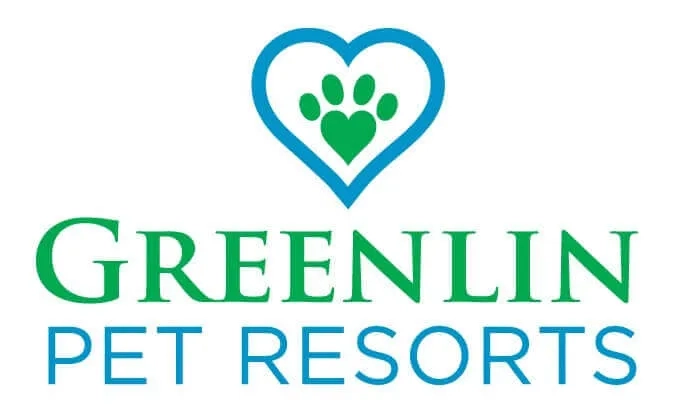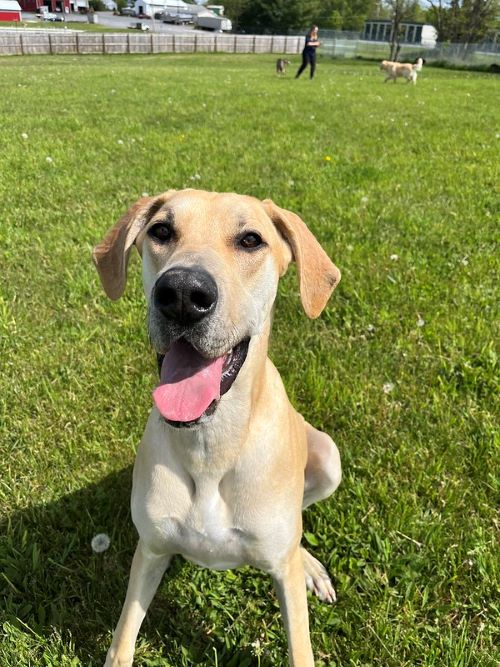5 Ways to Improve Your Dog’s Behavior On Walks
Walks are an important part of every dog’s day-to-day. But what happens when their behavior tends to slide on every outdoor stroll?
The best way to make sure your dog is equipped to help you through the well-behaved walks of your dreams is to make sure that you train them right from the get-go. But if you’re working with a pup who slowly picked up a few bad habits over the years, there’s still time to improve.
So read on for our five favorite tips for improving your dog’s behavior on walks, and discover solutions for puppies, young dogs, and old hounds.
Also, remember that to efficiently walk-train your dog, time with a professional canine trainer might be quicker and more productive. The dog training team at Greenlin Pet Resorts has multiple training and safety certifications, so you know your pup is in the best hands.
To learn more about dog training at Greenlin, or to find a location near you, contact us online!
Go Over How to Walk a Dog for the First Time
Introducing your puppy to the great outdoors can be a daunting task — for both parties involved. It’s important to remember that your pup is just as new to the concept of going outside and using a leash as you are.
The best way to start is by understanding how old your puppy should be before hitting the pavement. Generally, puppies should not begin leash walking before they are at least eight weeks old.
Puppies’ bones and muscles aren’t fully developed until this time, and it’s important to be gentle with their little legs as they get used to walking on a leash.
Once your pup is ready, start slow. It’s best to take short walks in the beginning (no more than 10-15 minutes each time).
A slow-paced walk will allow your pup to become accustomed to the new activity without getting overwhelmed. It’ll also give you the opportunity to work on commands like “stop” or “sit” in a whole new environment.
In many cases, this might be your dog’s thousandth walk instead of the first. It can still help to revisit the above tips and start back from “101” knowledge in order to build their patience and ability to walk closely on a leash.
Set the Right Expectations on Walks
If you can, it’s important to set the right expectations from the very start. Just like any new behavior you want to teach your pup, it’s important to be clear and consistent from the beginning.
When taking your pup out for its first walk, don’t expect them to keep perfect steps with you, as this will take some time for them to get used to.
It’s totally normal for a new puppy to get overwhelmed when exploring their new environment. It’s also a lot of pressure to take in all those exciting sights and smells around them! So take it slow and give them time to explore.
Along the way, reward your pup with a treat or a pat on the head when they do something right, like following instructions or not barking at other animals. Positive reinforcement is key when teaching new behaviors because it helps make sure that good habits turn into permanent ones.
Remember not to reinforce negative behavior, either.
Any time your dog pulls or approaches others without permission, reacts negatively to another dog, etc., the best course of action is to stop the walk, have them sit, and redirect their attention away from the source of stress. Wait until the animal is calm before proceeding.
Lastly, make sure to establish clear boundaries on your first walk. Let your dog know they need to stay close, and while they can sniff around, they shouldn’t pull on the leash (bonus points if you can teach them to also ‘sit’ when you tell them to).
Choose the Right Walk
Did you know that the type of walk you choose for your dog can make a difference in their behavior? If you want your pup to be well-behaved on their walks, it’s important to plan out the right route.
Here are a few tips on what to consider when choosing where to take your pup:
- Park vs. Neighborhood: If you’re in an urban area, it might be better to take your dog on a walk around your neighborhood rather than heading straight to the park. Walking around a few blocks in a familiar environment can help keep your pup calm and comfortable as they get used to being around people and other animals.
- Amount of time: You should aim for about 30 minutes per day for most dogs so they can get enough exercise and stimulation. If you’re taking them on long walks or hikes, it’s important to pace yourself so they don’t get too tired or overwhelmed. You should also always bring water with you in case they need to cool off.
Set a Strong Routine
Another easy way to improve your dog’s behavior on walks is to set a strong routine. Consistency is key when it comes to training your pup, and this includes establishing a strong routine when it comes to your dog’s walking time.
If your schedule allows, it’s great to initially try walking your dog at different times of the day to see when they have the most energy.
Over the first month or so, try to determine what time of day works best for both you and your pup. Once you know what time works best, try to stick with that time each day.
As far as how often you should walk your dog, ideally, you should try and walk your pup at least once a day so they can get some fresh air and exercise. Of course, younger dogs will likely need to go out more often.
If you don’t have a lot of backyard space, you’ll want to make sure to adjust your routine to let your dog out as often as they need. Larger dogs may also need to go on longer walks, so keep this in mind when choosing the best time of day, route, and routine for your pup.
Make sure to consider their age when planning out how often they should go out, as puppies will need multiple outings to stay healthy, but most older dogs will not have as much energy to draw from.
Invest in Essential Walking Gear
Investing in the right walking gear can make walks more pleasant for both you and your pup.
A leash and collar are essential to any walk. There is a wide range of leashes to choose from, so it will be important to do your research before you bring your pup home.
A traditional, six-foot-long leash is a standard length. That said, be prepared to adjust the length based on the size and personality of your dog.
Is your dog active, or perhaps a larger breed? It’s going to take larger strides, so you might want to invest in a seven-foot leash.
Do you own a calmer, smaller pupper? You can probably use a shorter leash without much trouble.
A retractable leash may confuse your dog because it makes it difficult for them to set any strong expectations as to how far they can wander. Further, retractable leashes can cause injuries to dogs and humans in certain worst-case scenarios.
If the weather is rainy, a waterproof coat or boots can help keep them comfortable in wet conditions. That said if you live in a place where temperatures get very, very cold in the winter; it’ll be absolutely crucial to get the right gear for your dog.
If they have short hair, make sure to invest in a high-quality fleece or weatherproof dog coat to ensure they are protected from the elements.
Finally, keep in mind that the right dog collar (or harness) can make all the difference. For small, energetic dogs who tend to pull on their leash, a harness will ensure they don’t choke themselves.
Meanwhile, for large, older dogs who walk more slowly, a collar may be all they need to comfortably stay the course.
Not Sure Where to Start? Consult the Experts at Greenlin Pet Resorts
If you’re getting ready to head out on your very first walk with your new puppy, it’s important to make sure you’re setting the right expectations right from the get-go. By far, the easiest way to guarantee you’re doing just that is to contact the team at Greenlin Pet Resorts.
We offer everything from puppy obedience training to full-day ‘play and train’ training sessions for adult dogs and puppies, so don’t hesitate to check out our full resource list today.
Plus, with reliable pet boarding and ongoing dog and puppy daycare also offered at each Greenlin Pet Resort, there’s never been a better time to bring their team in as part of your furry family!
Contact us online, or call (717) 388-8110 to find a location near you.

